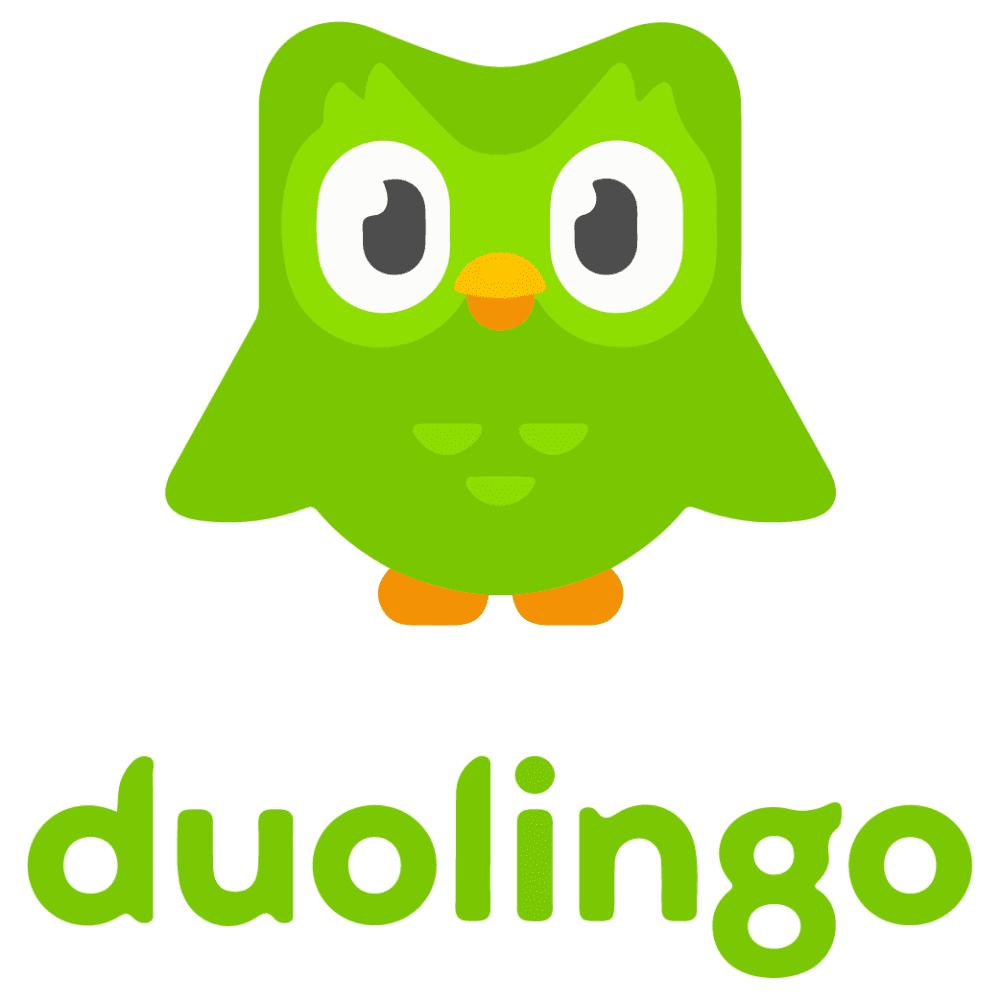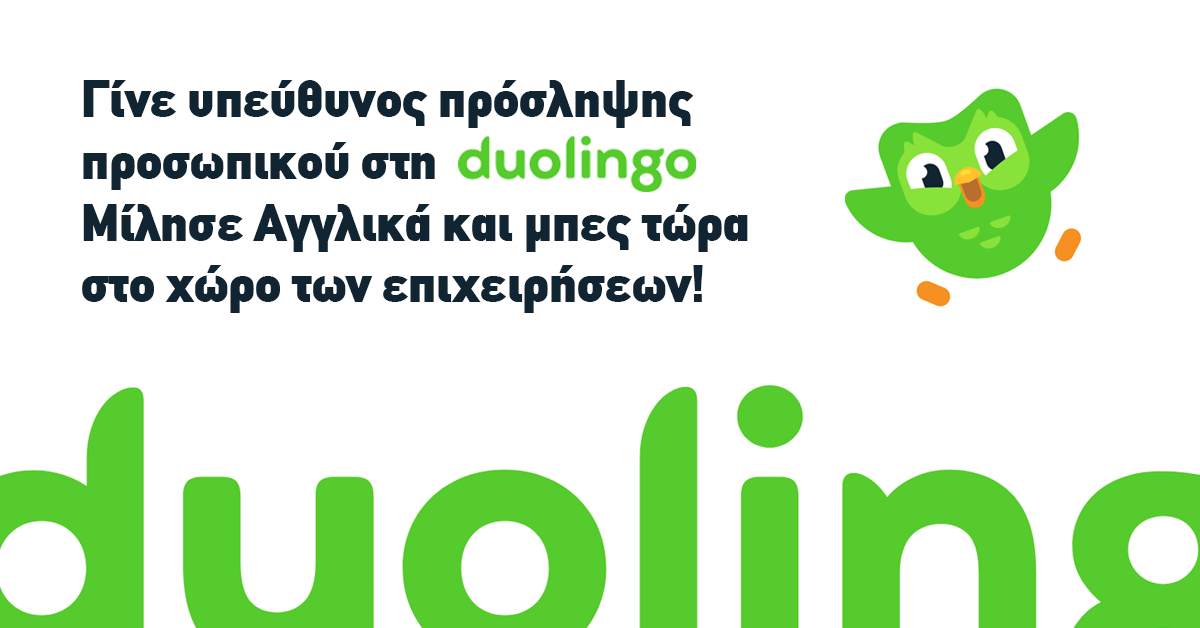Duolingo’s mission is to develop the best education in the world and make it universally available. Join a life-changing mission that brings people together.

Text for A/B Senior students
Duolingo is a fun app that helps people learn new languages. Imagine you want to learn Spanish or French, but you don’t know where to start. Duolingo is like a friendly teacher on your phone or tablet. It has colorful pictures and games to help you learn words and sentences. You get to play little games, answer questions, and even earn rewards!
Each day, you can practice and get better at the new language. It’s like a game where you level up and get stars for doing well. You can practice talking, reading, and listening in the new language. Duolingo makes learning fun and easy, like playing a game with your friends.
So, if you want to say “hello” in different languages or learn how to talk to people from other countries, Duolingo is a great way to start. It’s like a big adventure where you learn and have fun at the same time. Just open the app and start your language-learning journey!
Fill in the gaps with these words:
learn, friendly, rewards, practice, different, adventure, get better
Easy task
- Every day, you can __________ with Duolingo to learn new words.
- The app is very __________ and helps you enjoy learning.
- You earn __________ when you do well in the games.
- It’s important to __________ a little bit each day.
- You can learn words from __________ languages like Spanish and French.
- Using the app is like going on a fun __________.
- With each practice, you __________ and become better at the new language.
Harder task
- When you __________ with your toy blocks, you build tall towers.
- Your pet cat is very __________ and loves to play with you.
- After cleaning your room, you might find some __________ like stickers or toys.
- It’s good to __________ your books every day to keep them tidy.
- In art class, you can use __________ colors like blue, red, and yellow.
- Going to the zoo is a fun __________ where you see many animals.
- With each drawing you make, you will __________ and draw better pictures.
Other activities (For teachers)
- Matching Activity:
- Create a list of phrases or sentences from the text and a separate list of key words. Have students match each phrase or sentence with the correct key word.
- Picture Matching:
- Use pictures that represent different aspects of Duolingo (e.g., a phone, a game, a star) and ask students to match each picture with a sentence describing it.
- True or False Statements:
- Write a few true or false statements based on the text. For example: “Duolingo helps you learn new words through games.” Students need to decide if each statement is true or false.
- Story Sequencing:
- Break the text into several sentences and ask students to put them in the correct order. This helps assess their comprehension of the overall sequence of information.
- Role-Play:
- Have students role-play using Duolingo. One student can pretend to be a teacher explaining how Duolingo works, and another can ask questions or act as a learner.
- Drawing Activity:
- Ask students to draw a picture of their favorite part of Duolingo based on the text. They can then explain their drawing to the class.
- Discussion Questions:
- Pose simple questions about the text and have students answer them. For example: “What do you do in Duolingo?” or “What can you earn when you do well?”
- Flashcard Game:
- Create flashcards with key words from the text and ask students to use each word in a sentence or to explain its meaning.
- Fill-in-the-Blank Story:
- Create a short story related to Duolingo, leaving blanks for key words from the text. Students can fill in the blanks with the correct words.
- Word Search:
- Make a word search puzzle with key terms from the text. Students can find and circle the words in the grid.
- Labeling Activity:
- Provide a diagram or illustration of a phone with different features labeled (e.g., “app,” “games”). Ask students to label or identify parts of the diagram based on the text.
- Matching Definitions:
- Write simple definitions of key words from the text on one side and the words themselves on the other side. Students need to match each definition with the correct word.
- Create a Mini-Poster:
- Have students create a mini-poster that shows how Duolingo helps them learn a new language. They can use drawings and simple sentences based on the text.
- Interactive Quiz:
- Conduct a simple quiz with multiple-choice questions or true/false questions about the text. For example, “What kind of app is Duolingo?” or “Does Duolingo give you stars as rewards?”
- Sentence Building:
- Provide students with a list of words from the text and ask them to build complete sentences using those words. This can help them understand how the words fit into the context.
- Discussion Circle:
- Arrange a circle discussion where students take turns talking about what they learned from the text. Encourage them to use specific details from the text in their responses.
- Create a Skit:
- Have students create and perform a short skit showing how they would use Duolingo to learn a new language. They can use props or act out different scenarios mentioned in the text.
- Language Game:
- Play a simple game where students have to use key words from the text in sentences or in a short dialogue. For instance, you could play a game of “Charades” using key terms from the text.
These activities can help reinforce comprehension and make learning more dynamic and enjoyable for students.
